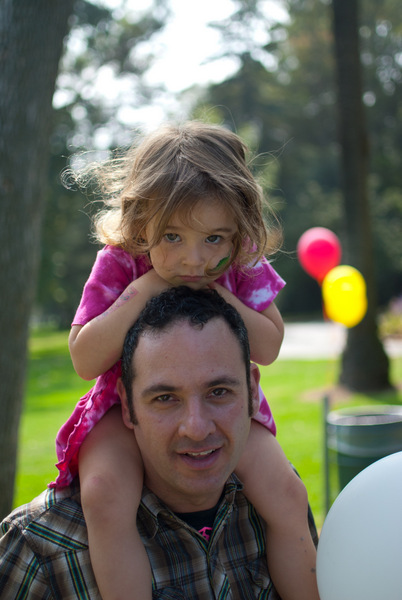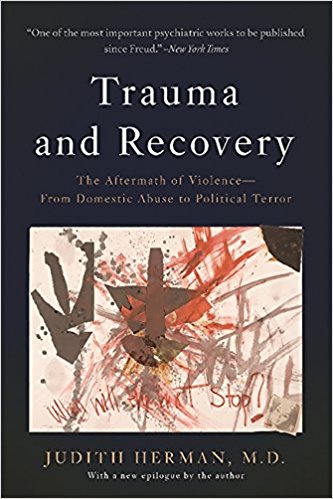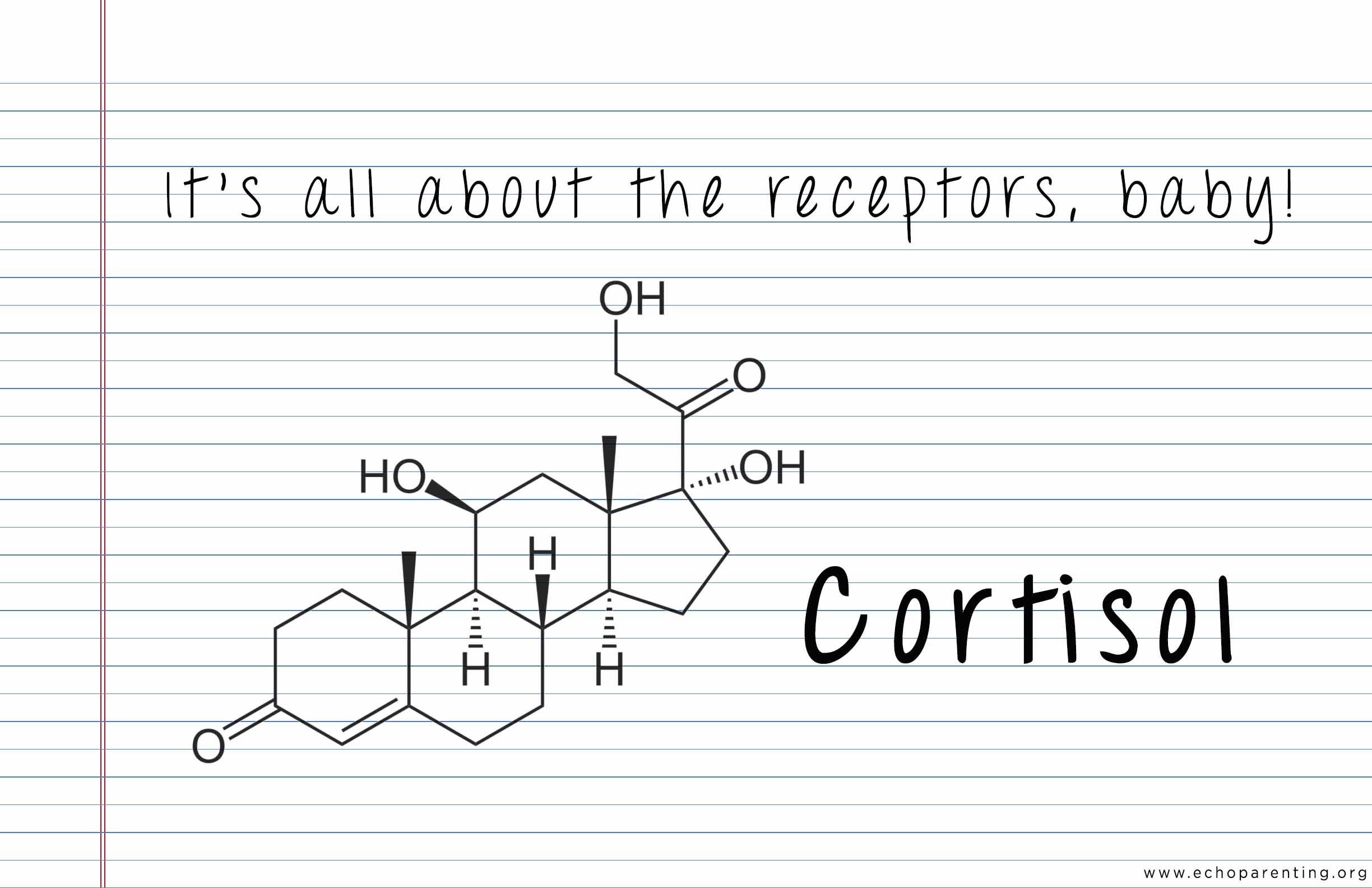 by Louise Godbold, Co-Executive Director
by Louise Godbold, Co-Executive Director
We talk a lot about cortisol when we discuss trauma or adverse childhood experiences, and for good reason. While people a lot better educated than myself debate classifications and the symptomatology of trauma for the DSM and others create laundry lists of things that can be considered ‘traumatic’, our bodies are quite clear about one thing: feeling unsafe will result in increased cortisol levels. And if we are unlucky enough to feel unsafe on multiple occasions or if there is no one to help us regain a feeling of safety, our cortisol production gets stuck on ‘on’.
Why does this matter? Well because high levels of cortisol do a number on your body. All the things that are supposed to help you deal with short-term stress become damaging when your body remains on high alert. Your immune system or digestion, your sex drive or ability to repair cells all take a back seat when faced with danger, but if those things don’t go back to normal, you’re going to have problems. Not to mention what can happen to your mental state: You may end up permanently living the shower scene in Psycho or when that becomes intolerable, staring at a blank screen. Even if you put thousands of miles between you and where you felt unsafe, numb yourself with drugs and alcohol, hurt yourself or someone else to regain a feeling of control, or choose a more subtle form of coping, like getting really, really good at something, chances are you will always be battling a churning, black sea inside that wants to pull you under.
So far, nothing new. We’ve understood about this for a while now. I regularly depress myself when studying trauma – not so much from learning about the damaging effects, but from wondering when, oh when, will trauma survivors receive compassion and treatment, not alienation and censure. When will we stop locking people up or stuffing them full of meds or insisting that those who struggle do so because of their ‘bad choices’?
But here’s the good news: There is a flip side to all of this. Just as our bodies release cortisol in response to stress, we also have a hormone to calm us down – oxytocin. This is known as the ‘tend and befriend’ hormone because it has always been associated with nurturing and cooperative behavior. It is secreted during childbirth and breast feeding, and during orgasm. It is also the hormone released when we feel close to someone. Did you know that just being in the same room with someone who has high oxytocin levels will raise our own oxytocin? This is such a powerful hormone, it created increased levels of generosity and altruism when inhaled during an experiment (Watch Paul Zak’s TED talk here.) (Something to bear in mind during our next fundraising campaign!) It helps you sleep, it makes you feel calm, and most importantly, it creates the fundamental requirement for human health and happiness – attachment.
 At Echo Parenting & Education, we are not trauma experts, nor are we experts in attachment theory, but we do know a thing or two about building a loving bond between caregiver and child. You see, that oxytocin may not always be accessible if we’re stressed or the child is stressed, or if we are battling with the legacy of trauma. We also hold that the traditional approach to child raising with the emphasis on gaining compliance will get you into situations where you sacrifice loving connection with a child for some kind of short-term ‘fix’ for their behavior. And the child, like all of us, is motivated by trying to meet basic human needs. If you discipline a child because they are choosing unsafe or downright annoying ways of meeting those needs, you are not getting to the root of the problem, you are not teaching them better ways to meet their needs, you are not having the kind of connected discussion about feelings and needs that strengthens attachment and encourages emotional literacy, and both of you will end up feeling frustrated, sad and hurt. The situation gets even worse if the behavior the child is exhibiting is a trauma response (agitation, spacing out, regression to an earlier developmental stage, like wetting the bed) or a coping strategy that makes sense if you see it in the light of the child trying to protect themselves from a danger that may or may not still be present. When we punish such behavior, we compound the problem. Unfortunately, most people haven’t been provided with an alternative: “What the heck am I supposed to do if a child is out of control, disrupting others, or even getting violent? How can I teach them about safety and respecting others?”
At Echo Parenting & Education, we are not trauma experts, nor are we experts in attachment theory, but we do know a thing or two about building a loving bond between caregiver and child. You see, that oxytocin may not always be accessible if we’re stressed or the child is stressed, or if we are battling with the legacy of trauma. We also hold that the traditional approach to child raising with the emphasis on gaining compliance will get you into situations where you sacrifice loving connection with a child for some kind of short-term ‘fix’ for their behavior. And the child, like all of us, is motivated by trying to meet basic human needs. If you discipline a child because they are choosing unsafe or downright annoying ways of meeting those needs, you are not getting to the root of the problem, you are not teaching them better ways to meet their needs, you are not having the kind of connected discussion about feelings and needs that strengthens attachment and encourages emotional literacy, and both of you will end up feeling frustrated, sad and hurt. The situation gets even worse if the behavior the child is exhibiting is a trauma response (agitation, spacing out, regression to an earlier developmental stage, like wetting the bed) or a coping strategy that makes sense if you see it in the light of the child trying to protect themselves from a danger that may or may not still be present. When we punish such behavior, we compound the problem. Unfortunately, most people haven’t been provided with an alternative: “What the heck am I supposed to do if a child is out of control, disrupting others, or even getting violent? How can I teach them about safety and respecting others?”
You knew this would end with a plug for our conference “Changing the Paradigm: Trauma and the Developing Child” and I haven’t even gotten into why the neurobiology of attachment and developmental trauma are inextricably linked yet! (Maybe next time.) But for now, if you would like to learn about tools that will help you set limits with kindness, hear about a way of raising children that increases oxytocin not cortisol levels, have a desire to interact with other human beings (young and old) with compassion, and are curious about changing our collective mindset so we don’t perpetuate a punitive reaction to human needs and suffering – a reaction that has scarred us and continues to scar our society.
2 Comments
-
Thankyou for the information; I’ve been struggling with my daughter who’s 5. I have felt so alone and misunderstood and at times even judged. I’ve reached out to her teachers and to therapists and no one has been able to help me. I heard about you guys from a friend of a friend and as corny as this may sound I feel hope. I know it’s going to take work and reshaping my parenting style but I’m willing to put in the work. Thankyou for your literature; two weeks in your parenting class has provided me with a new outlook on our relationship!
-
Where do I sign up?! What an amazing read that was! I am so excited to hear more.




